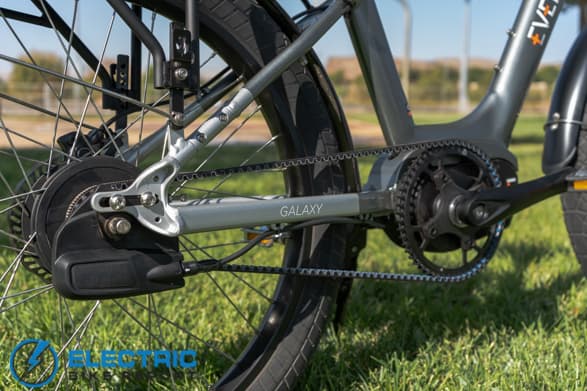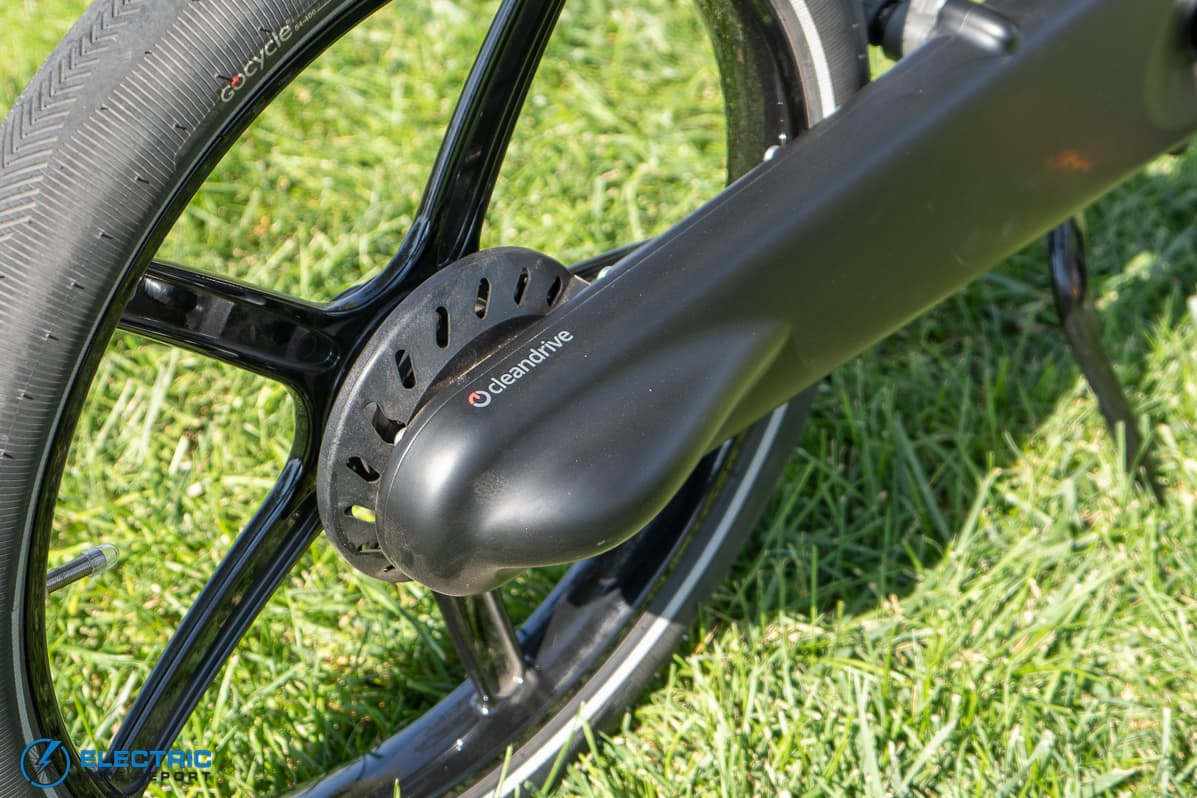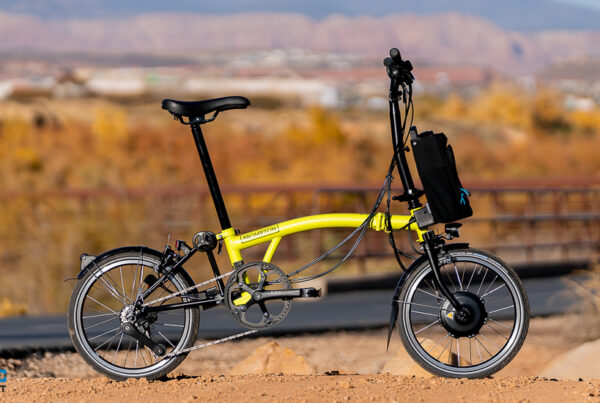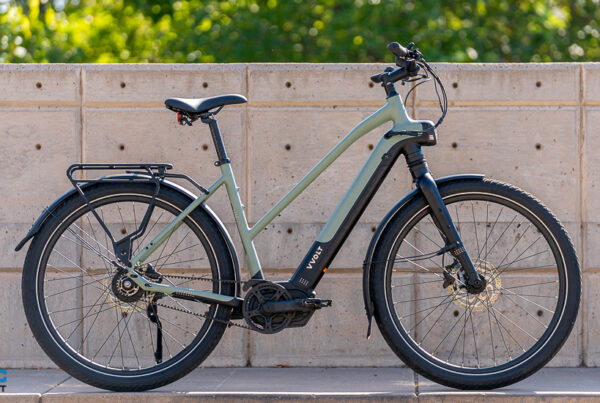Planetary drive systems and bicycle transmissions: Why internally-geared hubs on electric bikes are having their moment
Outside of some specific cycling niches, the mainstream bike world largely viewed internally geared hubs as the oddball cousin of more traditional drivetrains.
Bicycle commuters who trudged through snow and rain liked them because all the important bits were sealed inside the hub shell, protected from the elements. And they had a cult following in the long-distance bike touring crowd who loved the fact that they require virtually no maintenance and you could get them to shift even when the drivetrain was under extraordinary load, perfect for pedaling fully-loaded touring rigs over mountain passes.
The inside of an internally geared hub’s oversized shell is a complex mess of gears that would make a Swiss watchmaker blush. How this all works is difficult to explain, and you don’t really need to know it in detail, so here’s the CliffsNotes version: That complex interlocking gear system inside the hub is made up of “planetary gears” that orbit a “sun gear,” which is fixed to the axle. As a rider pedals, power is transferred to the rear hub via a drive system that is effectively the same as a single speed drivetrain, with a sprocket at that cranks and a primary cog mounted on the rear wheel. But once the power gets to that rear cog, it passes through a complex transmission-like system of gears inside the hub before being translated to the rear wheel. As a rider shifts, different combinations of gears inside the hub engage to make for different gear ratios. These gears either amplify the force applied at the pedals to turn the wheel faster, or reduce it to turn the wheel slower.
Few in the mainstream cycling world, myself included, paid much attention to internally-geared hubs. That is, until e-bikes came along and shattered the definition of mainstream.
Suddenly, the market was flooded with cycling neophytes on the hunt for e-bikes they didn’t need to be experts to ride. They wanted something to ride to the store or work that requires little maintenance; little prior knowledge of good shifting technique (which is absolutely a thing); and something that would last a long time.
The e-bike also presented a new mechanical problem for traditional drivetrains: They produce a TON of force. Not only did the torquey motors threaten to stretch chains and wear out cassettes quicker, the lateral forces of shifting multiple gears at a time and “cross-chaining” became a much greater concern.
Internally geared hubs are a readymade solution to those two mechanical problems, as they wear slowly and shift under load exceptionally well. They’re also friendly to newbie cyclists, as you can easily shift while pedaling uphill, shift while stopped and there’s not much to mess up once they’re installed and properly tuned.
Consumers still don’t have a ton of brand options, as there’s only a few internally-geared hubs on the market today, but there’s still good choices for entry-level cyclists and experts alike.
Shimano makes the affordable and reliable In order and Nexus hubs, which we see come stock on a whole host of commuter, cruiser and cargo e-bikes. There’s also the English-made Sturmey Archer hubs, which are less common (at least in the U.S.). And for those with a more refined taste in internal hubs, German manufacturer Rohloff makes the 14 gear SPEEDHUB, a favorite for high-end e-bikes and long-distance tourers.
I send it (formerly known as Nuvinci) has its own unique take on the internally-geared hub with its stepless drive system. Instead of packing the hub full of gears, Enviolo uses a unique system that uses an interface of rotating balls and rings to create a continuously variable bicycle transmission. In effect, it’s the same idea as the geared systems above with the notable difference that there are no set gears to choose from — you just twist the shifter and the gear ratio adjusts accordingly.


But while internally-geared hubs are certainly having a moment of relevance in the cycling world thanks to e-bikes, the traditional drivetrain still reigns king.
Source link








